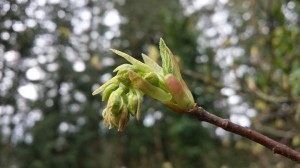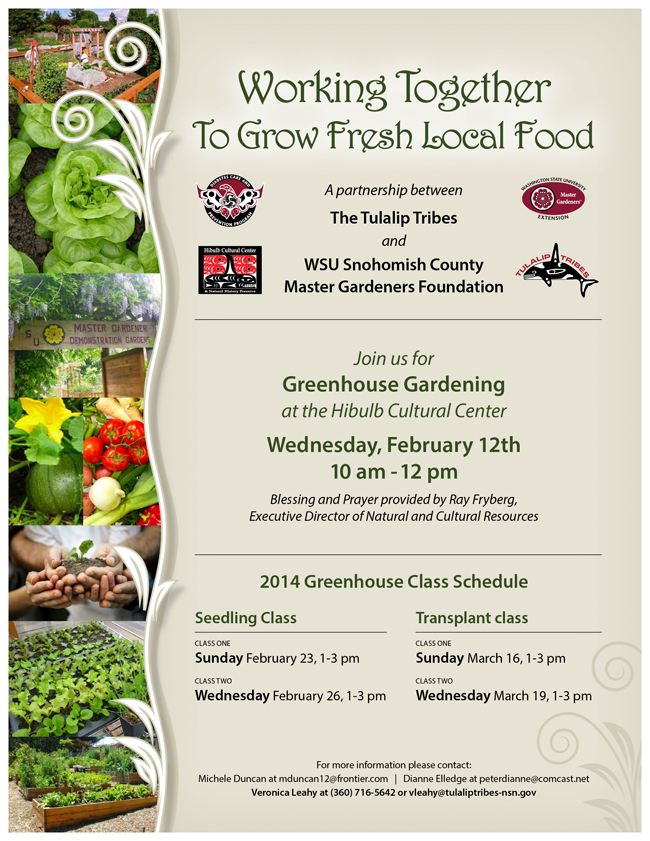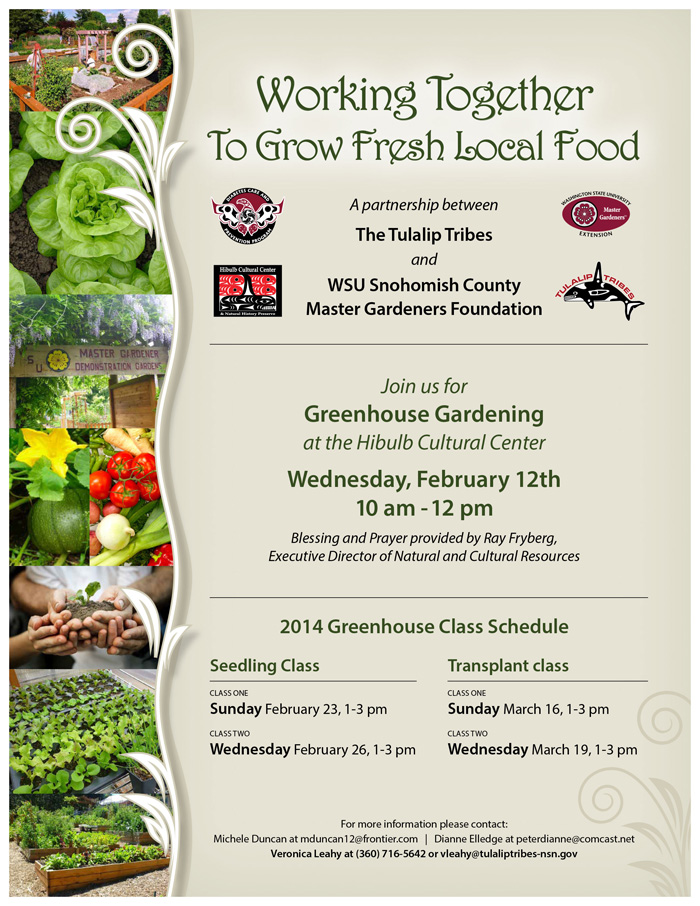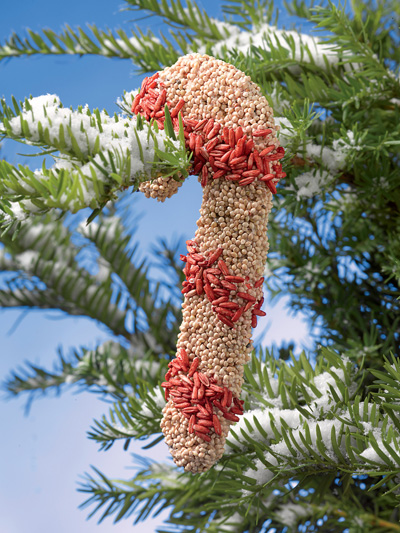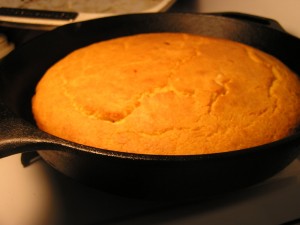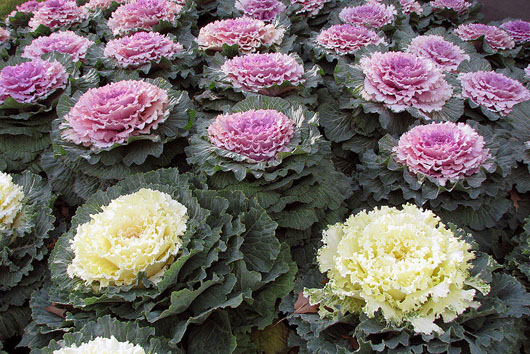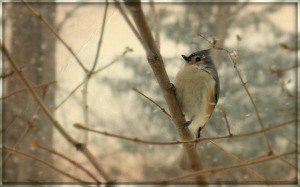Now that we are at the height of the Christmas and holiday season, all of those little Elves and Santa will surely be making their way into your kitchen to sample some of those Christmas snacks and goodies.
Not wanting to disappoint our dear readers, in this light, we are introducing a few luscious holiday treats “Native and Pow Wow Style.”
Enjoy the Native deliciousness!
1. A Gingerbread Longhouse
In the midst of the Squamish Nation (about 40 miles North of Vancouver), Alice Guss took the time to teach Rachel, her daughter, and her daughter’s friend to create an amazing Gingerbread Longhouse (pictured above). The template was created by Alice’s brother Rick.
“We’ve been doing this for a long time. We put candy on the longhouses and blinking lights to make it look like fire,” said Guss. “I just did a workshop for seven-year-olds, and they piled so much candy on the roofs [that] the roofs started to collapse!”
2. Healthy Snack Bites (Healthy? Yes, and Yummy!)
Using earthly, fun-food treasures, such as sunflower seeds, agave and cacao powder, you can have an easy and cholesterol-free snack bites to offer Santa.
He’s eaten so many cookies, he’ll probably be appreciative!
INGREDIENTS:
1 cup raw sunflower seeds
1/2 cup each: raisins, coconut and sesame seeds
2 tbsp. each raw agave nectar and cacao powder
1/4 tsp. salt
Steps – Food process Sunflower seeds and raisins until coarse, add agave and cacao powder. Roll into a golfball-sized ball, coat with coconut or sesame seeds and chill.
See 86Lemons.com.
3. Pumpkin Chocolate Chip Cookies
Wait a minute, do we even need to add a description here? I was a sucker at Pumpkin chocolate! Add the word “cookie” and the show is over. Sign me up!!
The recipe’s from TwoPeasandTheirPod.com. Turns out, there is a healthy, and even healthier version. It’s a win-win, YUM!
I am preheating my oven…now.
Complete recipe, here: TwoPeasandTheirPod.com
Even healthier, cholesterol free version, here: TwoPeasandTheirPod.com
4. Chocolate Fry Bread
In 2011, Laura Hahnefeld of the Phoenix New Times named Chocolate Fry Bread from the Fry Bread House as one of the top 100 Favorite Dishes of 2011.
I don’t know about you, but I think Santa would come running full-speed to come get a taste of this one!
5. Nopalitos (Cactus) Salad
Last but not least, a “guilt reliever” dish.
Not wanting to “over-sweet” your Christmas or holiday season, let’s at least throw in a salad to offset some goodie calories. Not just any old salad, but a cactus salad, that’s a pretty cool indigenous-themed dish!
Nopales are the edible cactus leafs or pads that are cultivated in the mountainous areas near Mexico City. It is also known as prickly pear and, surprisingly, can be found at many specialty grocery stores such as Whole Foods Market.
Check out the full recipe, which includes Nopales, onion, tomato, cilantro, jalapeno, avocado and lime, at WhatsCookingMexico.com.
